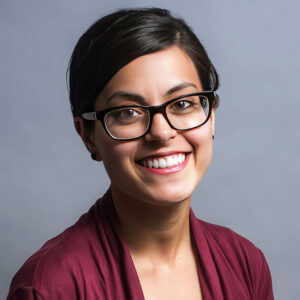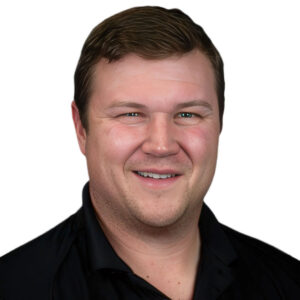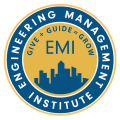In this episode, we talk with Dr. Zahraa Saiyed, P.E., CEO of Scyma Consulting LLC, about how structural engineers are stepping up to lead disaster risk reduction engineering by rethinking building codes, engaging communities, and making resilience a shared responsibility.
Engineering Quotes:
Here Are Some of the Questions We Asked Dr. Zahraa:
- How does disaster risk reduction engineering influence the way engineers design buildings, and how can they consider social vulnerability in high-risk areas?
- Can you share an example of a project in a marginalized community and explain how you made sure it was both equitable and resilient?
- What role do changes in building codes play in helping vulnerable communities become more resilient?
- If someone wants to get involved and make a difference, whether they’re an engineer, architect, or not in the industry, what’s a good way to start?
- What options do people have if they’re living in unsafe buildings and don’t have the resources to fix them?
- Do you have other examples of how inequality shows up in disaster resilience that people might not notice?
- What final piece of advice would you give to engineers who want to use their skills to help create more resilient and equitable communities?
Here Are Some of the Key Points Discussed About Empowering Communities through Disaster Risk Reduction Engineering:
- Disaster risk reduction engineering shifts design goals toward buildings that people can safely return to after an event. Engineers who understand community needs help ensure vulnerable residents are not left behind.
- The Lima Safe Schools project combines seismic safety with community support by addressing issues like gang violence and bullying. Engineers work with educators, psychologists, and residents to create spaces that feel safe and stay strong.
- Building codes help set safety standards but often ignore older buildings where vulnerable people live. Engineers who advocate for equitable code updates make a bigger difference in protecting entire communities.
- Getting involved starts with raising awareness and building relationships at the community level. People who speak up and share what they know help shape safer and more informed neighborhoods.
- Many renters and low-income residents have no control over the safety of their homes. Engineers can support these communities by communicating risks clearly and advocating for resources on their behalf.
- People with time and money frequently participate in planning and safety programs, while others cannot. This gap leaves many at higher risk without the support they need to prepare or recover.
- Engineers who listen to local priorities and expand their role beyond design have a greater impact. Their work helps create lasting safety for communities that are often overlooked.
More Details in This Episode…
About Dr. Zahraa Saiyed, P.E., Associate AIA, LEED AP BD+C, M. ASCE

About the Hosts
Mathew Picardal, P.E., SE

Alexander Daddow, PE, CDT

Sources/References:
Scyma Consulting LLC
Cal OES SAP
World Bank
MIT’s Urban Risk Lab
Earthquake Engineering Research Institute (EERI)
National Earthquake Hazards Reduction Program (NEHRP)
ASCE
Union of Concerned Scientists
NCSEA
Seattle URM Mandate Program
Connect with Dr. Zahraa Saiyed, P.E., Associate AIA, LEED AP BD+C, M. ASCE, on LinkedIn
AEC PM Certification
AEC PM Connect
Project Management Accelerator™
Engineering Leadership Accelerator™
Keynote Speaking
Please leave your comments or questions in the section below.








